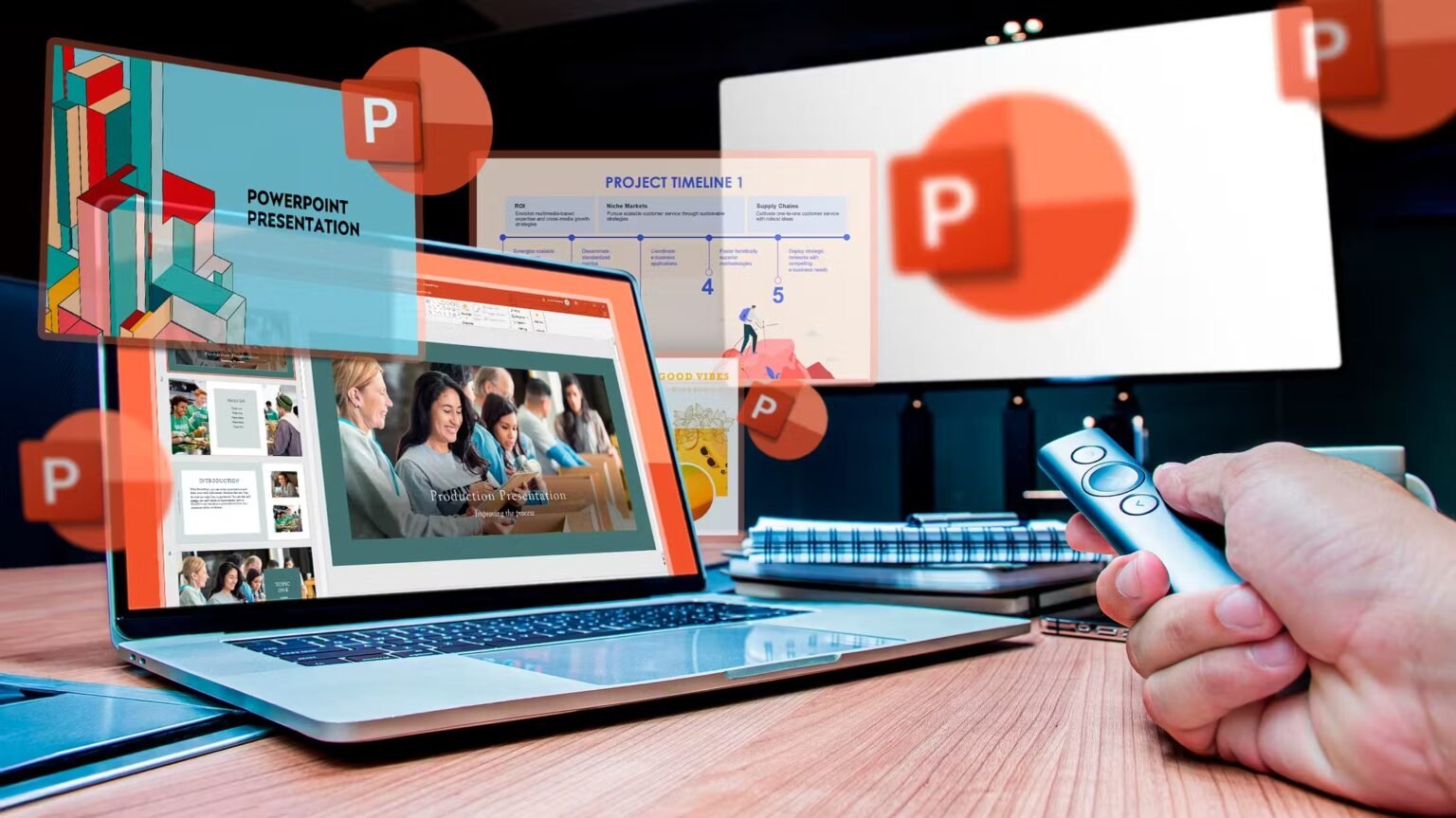In the context of presentation tools, Artificial Intelligence (AI) is revolutionizing everything from who can make presentations to how they are created and even how they are viewed. From design automation to content generation and even how to engage the audience, artificial intelligence is at the center of today’s presentation applications. This article aims to review the importance of Popai in contemporary presentation tools and its advantages, uses, and consequences for ordinary users in coloring the complicated topic in layman’s language.
Grocery store content and presentation software are two different things and based on what has been discussed so far, it should be apparent to understand what AI is in presentation software.
AI in presentation software can be described as the deployment of artificial intelligence technologies that support and enhance different functions of creating and presenting presentations. Some of these technology embeddings are machine learning, natural language processing, computer vision, and data analysis, all used to enrich the functionality as well as the interaction interface of presentations.
Key Features of the Presentation Software
- Automated Design Assistance: AI works on the factors of content input and the choice of layout style, colors, and other visualization options that make presentations look the most visually appealing. Through this automation, the design process is made more efficient and the brackets are visually appealing.
- Content Generation: NLP algorithms write speech-to-text, synthesize, and create speech and narrative structures from given text. This capability helps to make the content of each of the slides, so it is easier to make a coherent and rather engaging presentation.
- Visual Enhancement Tools: With the help of ai presentation creator we can make subsequent changes to images, create graphic design, and easily add effects that will enliven the Slides. They can drag and drop images and texts apply filters and make eye-catching presentations in a hassle-free manner.
- Data Visualization: AI can bring one massive chunk of data and turn it into a chart, a graph, or an infographic of some sort. This feature enables the presenters to display trends, key information, and statistical data effectively and at the same time impressively.
- Realtime Audience Feedback: Features of some AI-enabled presentations Some of the presentation tools provided include the ability to look into how people respond during presentations. The real-time feedback helps presenters modify what information and interaction they produce in response to the audiences’ reactions.

Applying Artificial Intelligence in Presentation Tool
- Education: Through AI, teachers and educators can commit their time to developing lesson subscriptions, teaching and learning materials, and multimedia content to be used in teaching and learning processes to come up with the most appropriate and engaging teaching-learning processes for their students.
- Business and Marketing: In today’s business environment, experts in business and marketing use AI to create me-too-powerful messages and relevant data for sales persuasion, business proposals, and diverse marketing communication campaigns.
- Research and Scientific Presentations: Scholars use AI to provide research outcomes, analyses, and scientific data and discovery in charts, graphs, and diagrams that help to visually communicate the information to the people.
- Training and Workshops: Lecturers and trainers in training institutions incorporate AI in developing curricula, training content, and presentations for the participants to achieve better results.
Ethical and Practical Considerations
While AI offers numerous benefits in presentation software, it is essential to consider ethical implications and practical considerations: While AI offers numerous benefits in presentation software, it is essential to consider ethical implications and practical considerations:
Data Privacy: Managing the data obtained in the course of the flow and compliance with the provisions of the Data Protection Regulation in connection with employees’ use of AI-supported analytics and creating personalized content.
Accuracy and Reliability: There are some problems connected with AI algorithms, they need the correct setting of data, and they can not understand context or different subtleties of language, which can cause mistakes in the given content.
User Training and Support: To achieve the above benefits in presentation creation and delivery users may need AI-assisted training or support.
Trends for the Future in AI-supported Presentation Applications
Speaking of the outlook, presenting AI in presentation software is a testament to the fact that things will only grow better in the future. Key trends include:
Augmented Reality (AR) Integration: Known use of AR technology to bring into presentation the ability of the real world by adding to it virtual objects.
Voice Recognition and Natural Language Interaction: New technologies for voice-assisted AI communicators for speech writing automation, summarization of content, and question-answer sessions during presentation.
Personalized Presentations: AI-driven features of customization that apply and deliver based on audience demographics, preferences, and real-time feedback.
Conclusion
AI has revolutionized modern presentation software by enhancing design capabilities, automating content generation, and improving audience interaction. Whether in education, business, research, or training, AI-powered tools empower users to create compelling and impactful presentations that resonate with audiences.
By leveraging AI’s capabilities for automated design suggestions, data visualization, and real-time audience feedback, presenters can effectively communicate their ideas, engage audiences, and achieve desired outcomes with confidence and clarity. Embrace the potential of AI in presentation software, and harness its transformative capabilities to elevate your presentation skills and captivate your audience in the digital age.







